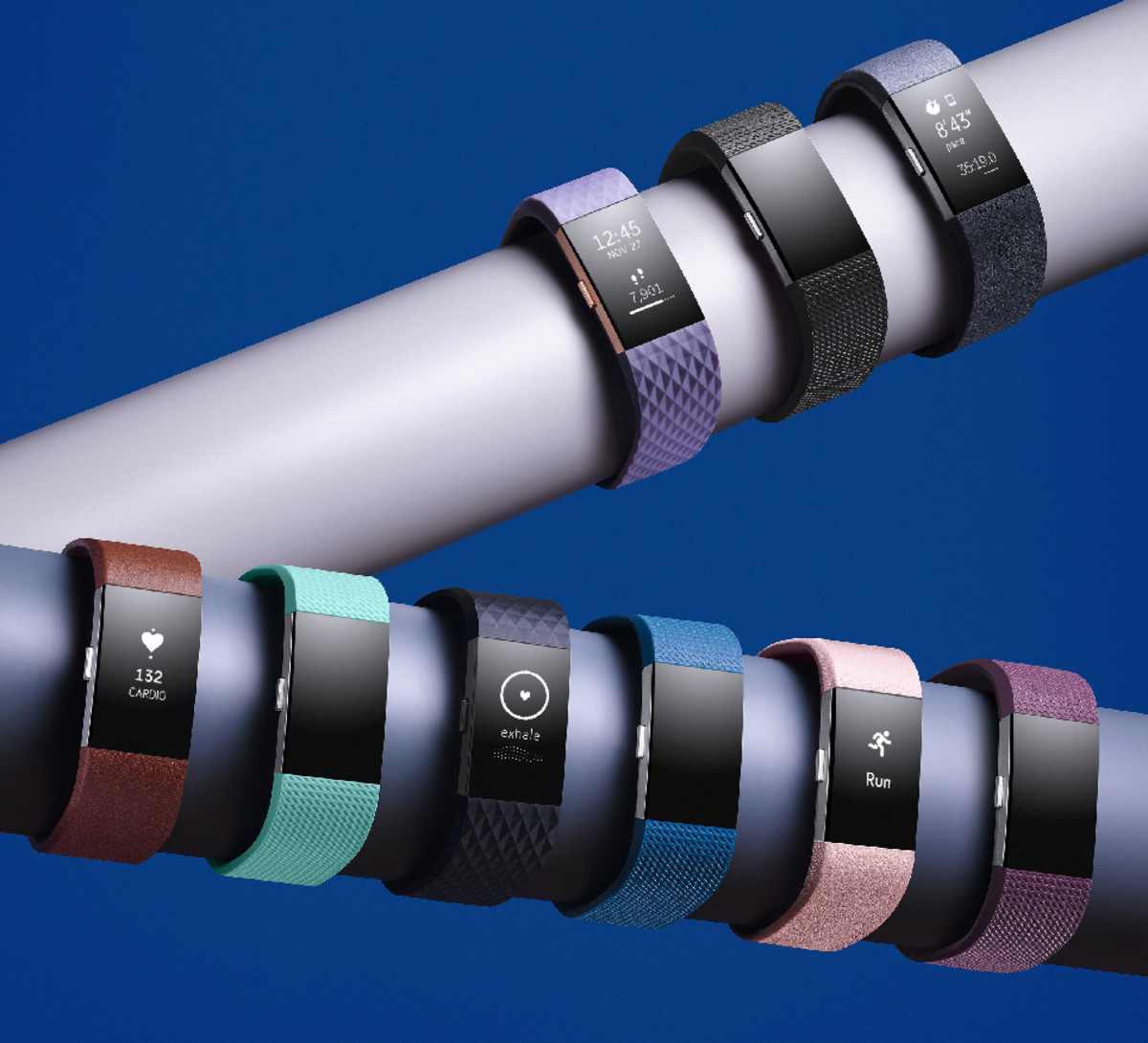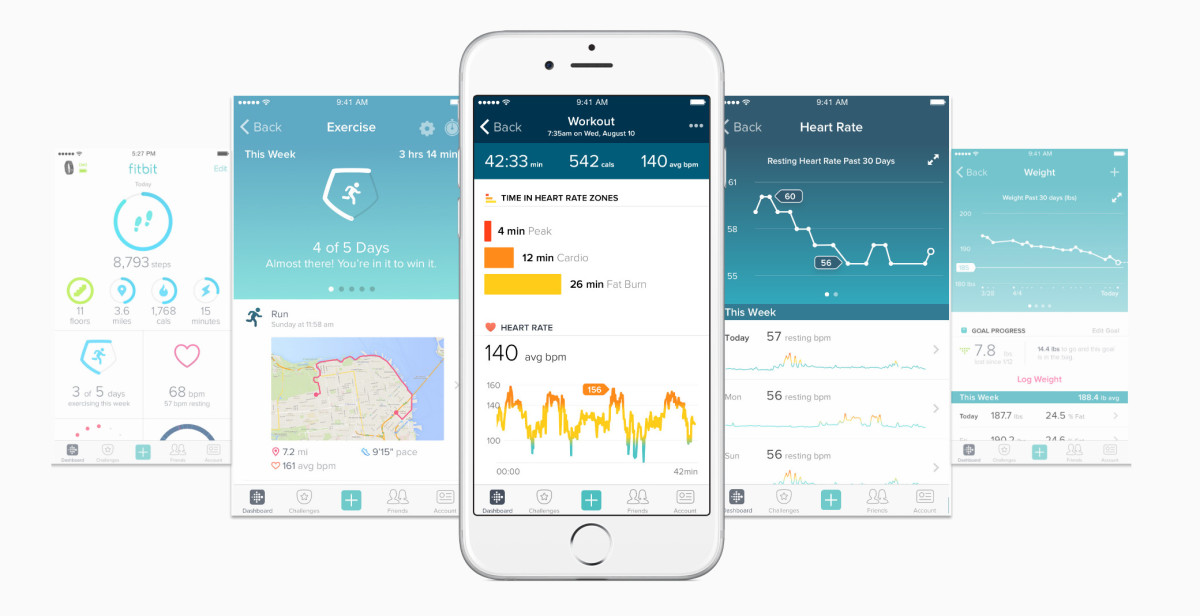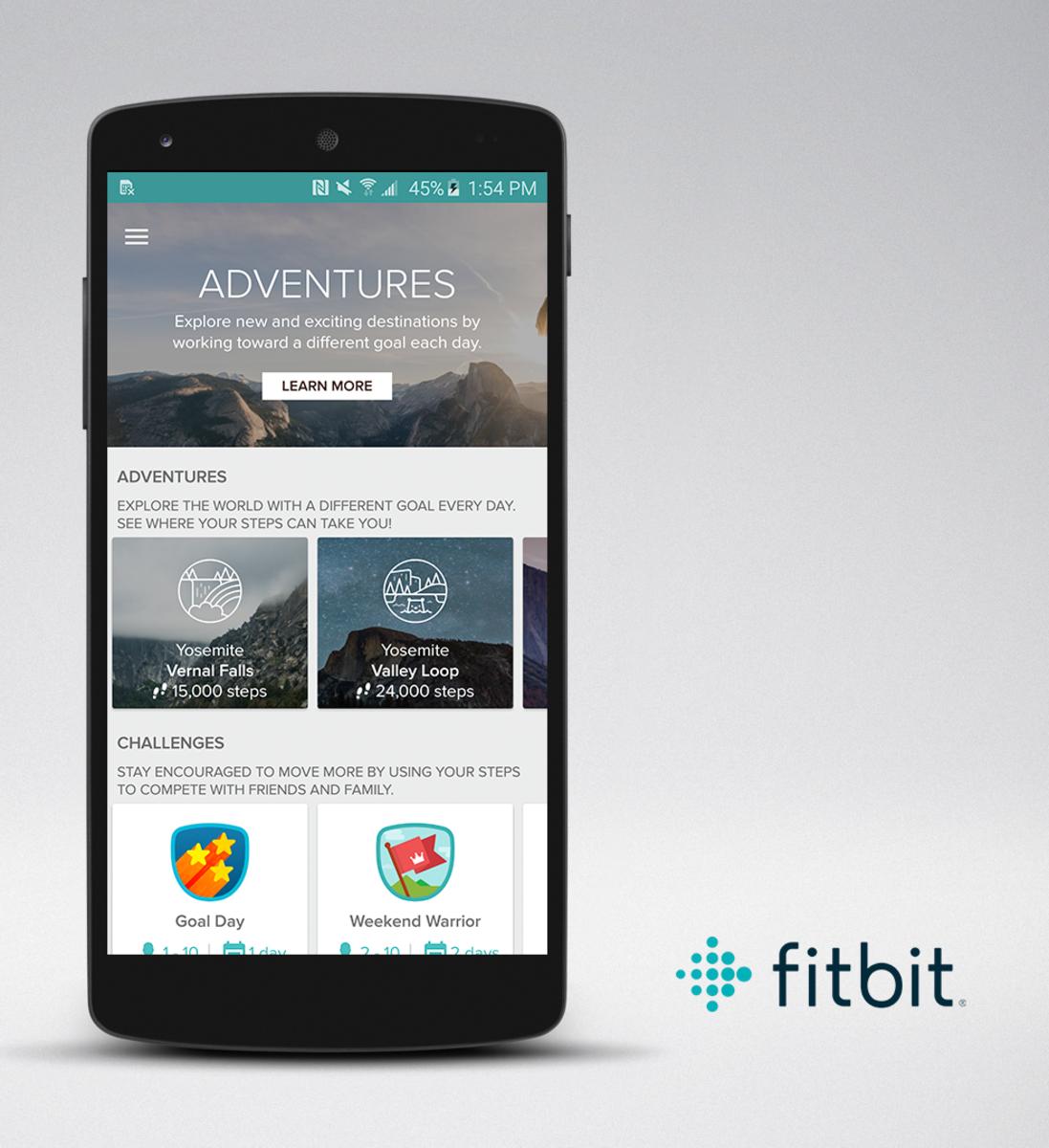Fitbit Charge 2 review: Putting the new fitness tracker to the test

It has been well over a year since the original Fitbit Charge HR first came out, and the company recently released the successor to their best-selling tracker with the Charge 2.
When you look at the Charge 2 ($150, nordstrom.com), the first thing you’ll notice is the larger display. It’s four times larger the original Charge HR, and it looks somewhat like a hybrid between the Fitbit Surge and Alta. Whether you’re in the gym or outside for a run on a sunny day, the display is bright with easily readable white text against a black background. When paired with your phone, you get basic notifications like text messages, calls and calendar alerts. A battery indicator would’ve been nice, though.
Speaking of the battery, the Charge 2 has excellent battery life. I was able to regularly get four to five days on a full charge before I needed to plug it in. That includes wearing it all day and using it to track regular gym sessions that averaged anywhere from 90 minutes to two hours in length.

For the most part, the display turned on with a fair amount of consistency when flicking my wrist to view the display. However, I found myself resorting to pushing the button to turn on the display when the auto-on feature didn’t work more often than I’d like—a problem that that I’ve experienced with nearly every single tracker and smartwatch that I’ve used to date. Tapping the screen was also fickle at times. Sometimes a light tap would be enough to cycle through options, while other times a much more forceful tap was needed to register on the display.
The default elastomer band that came with the device is very comfortable and you hardly notice it’s there most of the time. For the more fashion conscious out there, the bands are interchangeable if you want to switch to a leather one for when you go out.
Using the company’s PurePulse technology, the constant heart-rate monitoring is an under-appreciated but vital feature for a fitness tracker. It seems to be a no-brainer for it to be included in a fitness tracker, but that’s not always the case. In terms of accuracy, it seems to be on par with the best wrist-based trackers that I’ve used. It's not as accurate as using one of those heart-rate monitors that you strap to your chest, but it gets the job done.

This time around Fitbit offers connected GPS in the Charge 2. Built-in GPS would’ve been nice, particularly for people that like to run outside, but most people seem to carry their phones with them when working out or running.
Automatic activity tracking is a welcome new addition to the Charge 2, and there are 19 total activities to choose from. You can track everything from biking and running to weightlifting and yoga. Often times I’ll forget to start tracking when I begin activities like lifting weights, but the smart track feature serves as a good backup in case I forget.
Something that often gets overlooked in the ultra-competitive fitness tracker market is the ecosystem that it’s tied to, and Fitbit shines with their excellent app. Navigating through the clean, simple layout is intuitive enough for you to pick up with ease. A quick glance at the dashboard will give you all the important stats that you’ll need. And for those of you looking to dig a little deeper, you can find more in-depth breakdowns with just a few taps in easily digestible charts and tables.

Fitbit is also touting Fitbit Adventures, which sets step goals for iconic landmarks and famous trails. As you progress through each course, it unlocks views from specific points to give you the virtual experience of being there. It’s an interesting idea that will certainly appeal to those that enjoy the gamified aspects of the app.
For those of you that like to do high-intensity interval training (HIIT), there’s an interval timer that you can use for HIIT training. There’s also new feature called relax that guides you through deep-breathing sessions. It’s a nice idea and works perfectly fine, but I ultimately neglected this feature entirely after trying it a few times.
The follow-up to the hugely successful Fitbit Charge HR, the Charge 2 keeps the spirit of the original Charge in tact while making some seemingly small but key upgrades across the board. There are also some new, useful features that allow it to compete with the latest and greatest trackers on the market. Don’t forget the importance of the ecosystem, which Fitbit can comfortably say is one of the best out there. At its $150 price point, the Fitbit Charge 2 is hard to beat.
